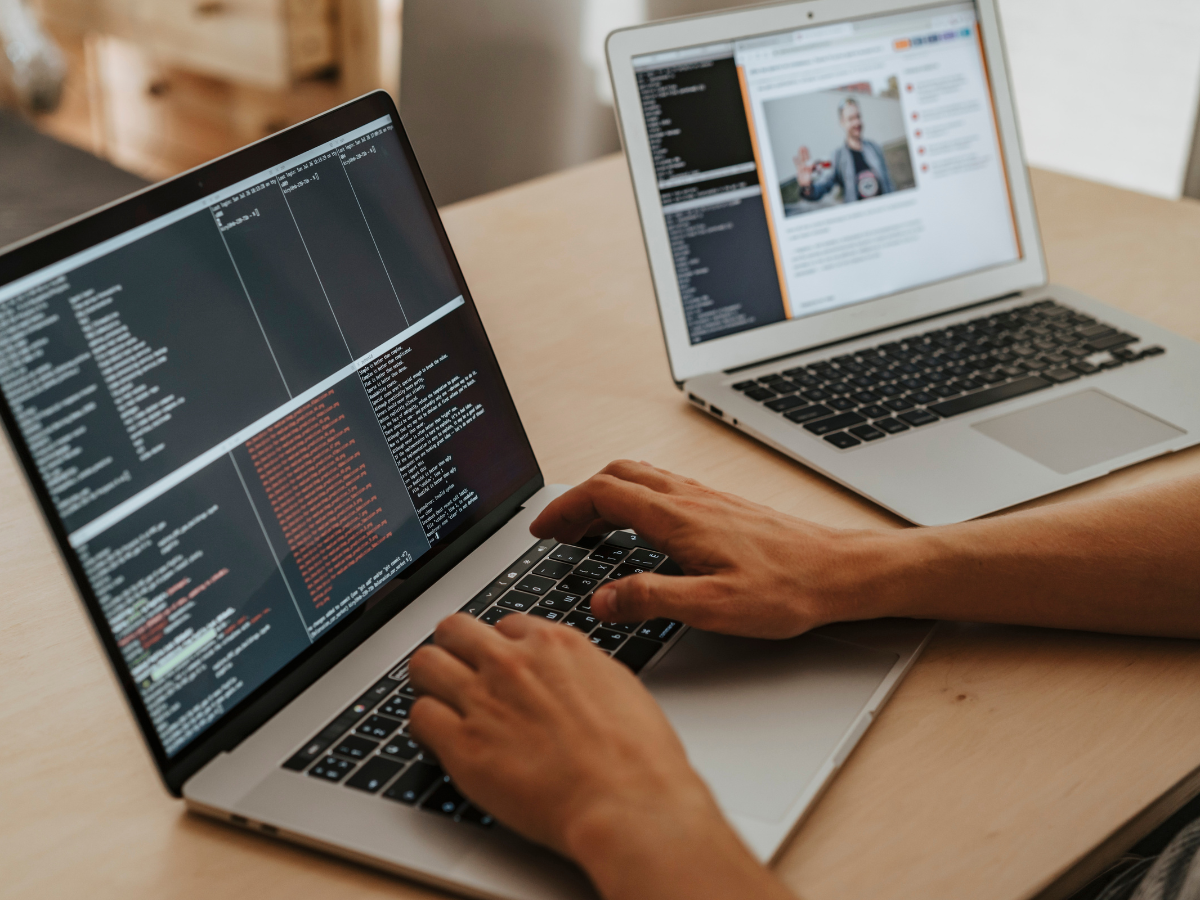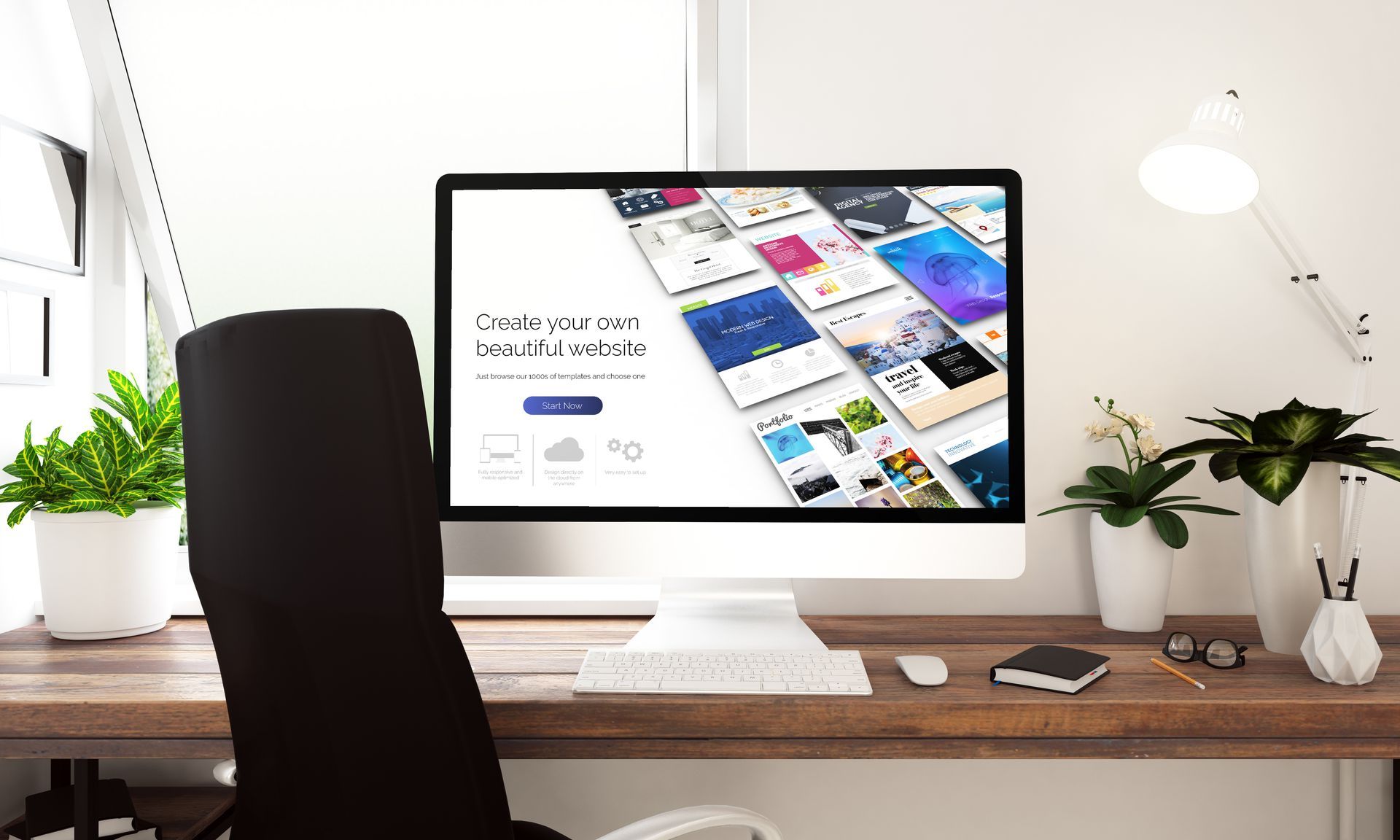How to Keep Your Website Secure from Hackers and Cyber Threats
Website security is one of the most critical aspects of digital marketing in 2025. With cyber attacks becoming more sophisticated, businesses must proactively protect their online assets. From malware and ransomware to data breaches, the risks are constant. At Quantifi Media, we understand the importance of secure, safe websites and specialize in building websites that protect your business from cyber threats while maintaining performance and usability.
In this blog, we’ll cover common threats, best practices for website security, and how to ensure your online presence stays safe.

Why Website Security Matters
A compromised website can result in:
- Loss of sensitive data, including customer information
- Decreased search engine rankings due to penalties
- Damage to your brand reputation
- Potential legal liabilities
Hackers often exploit vulnerabilities in outdated software, weak passwords, or unsecured server configurations. By understanding these risks, businesses can implement preventive measures to stay ahead of cyber threats.
Common Cyber Threats to Websites
Understanding the types of threats your website faces is the first step in effective cybersecurity. Common threats include:
1. Malware and Ransomware
Malware is malicious software designed to damage or gain unauthorized access to your website. Ransomware can lock you out of your own site until a payment is made. Keeping your website secure from these attacks requires regular updates and malware scanning.
2. Phishing Attacks
Phishing tricks users into providing sensitive information through fake login pages or deceptive emails. Websites with compromised security can become tools for these attacks, putting your visitors at risk.
3. SQL Injections and Cross-Site Scripting (XSS)
Hackers can exploit vulnerabilities in website forms or databases to inject malicious code. This can allow them to access user data or manipulate website content. Proper input validation and security plugins are essential defenses.
4. Brute Force Attacks
Brute force attacks occur when hackers repeatedly attempt different username and password combinations to gain access. Strong passwords, two-factor authentication, and login attempt limits are crucial safeguards.
Best Practices to Secure Your Website
To maintain a secure website, businesses should follow a multi-layered approach. Here are the most effective strategies:
Keep Software and Plugins Updated
Outdated software is one of the most common causes of vulnerabilities. Regularly update your CMS, themes, and plugins to ensure you’re protected against known exploits.
Use Strong Passwords and Authentication
Use complex, unique passwords for all accounts. Enable two-factor authentication (2FA) to add an extra layer of security.
Implement SSL Certificates
An SSL certificate encrypts data between your website and users, preventing unauthorized access. Websites with HTTPS are also preferred by search engines.
Regular Backups
Perform frequent backups of your website so you can restore it in case of a security breach. Store backups securely, preferably off-site or in the cloud.
Monitor for Suspicious Activity
Set up real-time monitoring to detect unauthorized logins, file changes, or unusual traffic patterns. Early detection can prevent significant damage.
Limit User Permissions
Only give website users the permissions they need. Avoid granting administrative access unnecessarily. This reduces the risk of internal and external threats.
Educate Your Team
Human error is often the weakest link in cybersecurity. Train your staff to recognize phishing emails and follow best practices for secure access.
How Quantifi Media Builds Secure and Safe Websites
At Quantifi Media, security is integrated into every website we build. We focus on:
- Secure coding practices to prevent SQL injections and XSS attacks
- Regular software updates and plugin monitoring
- SSL implementation for encrypted communications
- Two-factor authentication for client access
- Real-time monitoring for unusual activity
By combining best practices in cybersecurity with modern website design, we ensure that your business is protected while maintaining optimal performance and user experience.
SEO and AI Considerations for Security Content
The most recent SEO updates emphasize content that answers questions directly. To optimize for AEO (Answer Engine Optimization) and LLM SEO, ensure your content:
- Uses H2 headings for all sections
- Bold important keywords like website security, cyber threats, malware, ransomware, SQL injections, and secure websites
- Answers common user questions, e.g., "How can I protect my website from hackers?"
- Includes GEO-targeted keywords if offering services locally, such as secure website solutions in East Stroudsburg or web security services near me
Optimizing your security content for AI search tools like ChatGPT can help your content appear in AI-generated answers, driving traffic from next-generation search engines.
Monitoring and Maintaining Security
Building a secure website is just the first step. Ongoing maintenance is essential:
- Perform regular vulnerability scans
- Check for outdated plugins or themes
- Review user accounts and access levels
- Monitor website traffic for unusual patterns
- Keep backups up-to-date and secure
By staying vigilant, businesses can reduce the risk of cyber attacks and ensure a safe experience for their users.
Conclusion
Website security is more than just a technical requirement—it’s essential for protecting your data, maintaining search rankings, and building trust with your audience. By following best practices, monitoring for threats, and partnering with a trusted website provider like Quantifi Media, businesses can ensure their websites remain secure, safe, and fully optimized for both users and AI-driven search engines.
Contact Quantifi Media today to build a secure and safe website that protects your business, enhances user experience, and supports long-term SEO growth.
Share this blog!




